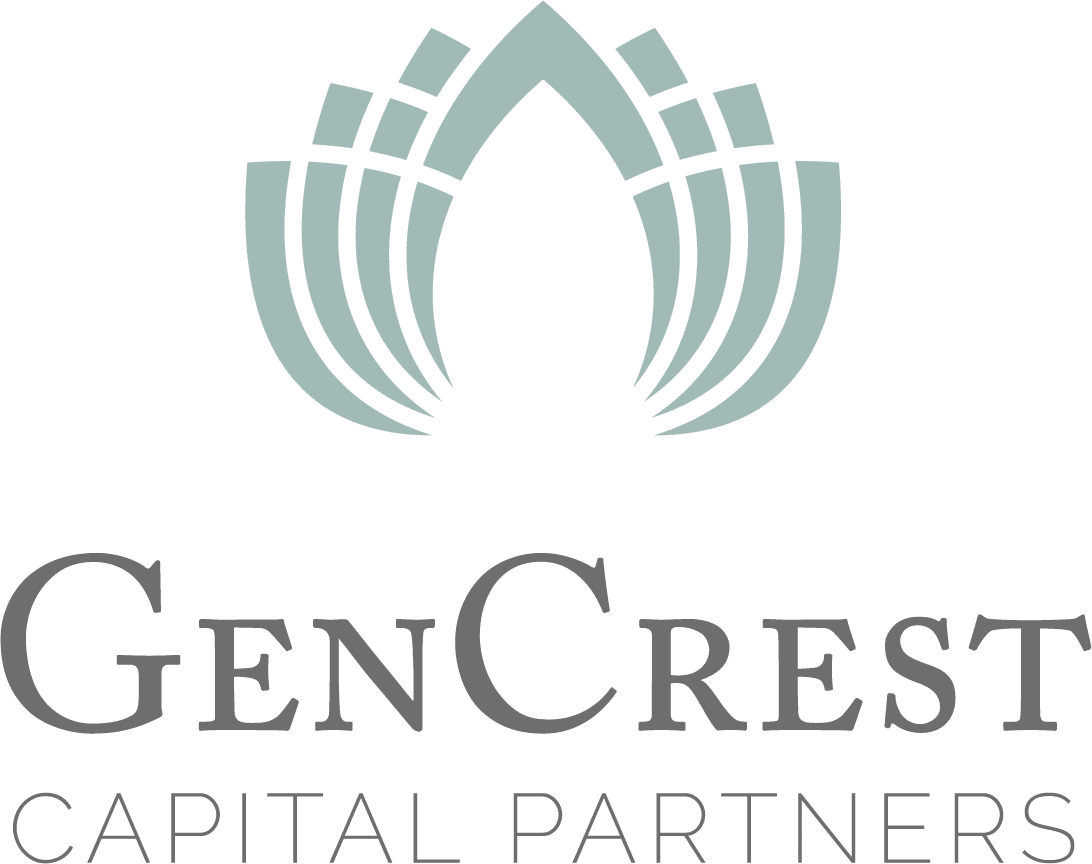Ask Ashley: Year-End Planning, General Tax Updates & Ideas for Self-Employed Individuals
View the full transcript below.
Video Transcript:
I’m back for our third and final video in our year-end planning series. So far we’ve covered social security and Medicare as well as retirement plan contributions in our first video and then charitable giving strategies and gifting in our second video.
So this time we’re gonna cover general updates for tax deductions and ideas for self-employed individuals. I talked a little bit in my last video about the changes to standard deductions and itemized deductions as part of the 2017 Tax Cuts and Jobs Act. To summarize some of those changes, the standard deduction nearly doubled at that time and due to inflation, we are seeing the standard deduction go up even more in the year ahead. Also, as a result of the act, state and local tax deductions for itemizing are capped at a total of $10,000 regardless of filing status like married filing jointly versus single, the mortgage interest deduction was lowered and the 2% miscellaneous itemized deduction was completely eliminated. Though those are ones that you would use for itemizing your deductions, their different statistics out there. But roughly, we went from about 31% of taxpayers that itemized to around 12% after the change in this act. So a big difference where the standard deduction went up, less things to itemize and so we’ve seen a lot less people itemizing.
One fact pattern I have seen is where people switch back to itemizing when they have really high medical expenses, especially related to long-term care or very expensive self-paid health insurance premiums. Now you want to remember that if you have a year where you have really high medical expenses, especially if you’re adjusted gross income is low, you may qualify to itemize based on medical deductions. So it’s worth running the numbers.
Medical expenses for itemizing can only be taken as an itemized deduction starting at 7.5% of your adjusted gross income. So you would need a hundred on a hundred thousand dollars of adjusted gross income. You would need $7,500 of medical expenses before it even starts to go towards that itemizing total. Then you’re comparing that to standard to see which is more beneficial for yourself.
So, but let’s think about what all can be included in that medical because sometimes when people start to think about it and they have a really big medical expense, they may be closer to hitting it than they realize. Think broadly. Health insurance premiums, Medicare premiums, supplement premiums, long-term care insurance Premiums, all of your out-of-pocket medical costs, prescriptions, home healthcare or allowed facility costs associated with a long-term care facility. You just want to be careful about considering your out-of-pocket costs for deduction, not those covered by insurance.
We talked a little bit in the previous video about bunching itemized deductions in a certain year. And so if you find there is a year that you may be close to itemizing or it’s a year that you know you’re gonna be able to do that, you can look at things like paying additional state estimated taxes or prepaying property taxes that year to get you even closer to itemizing or let you take more advantage of that. You just want to remember that property taxes and state income taxes that are paid are still subject to that $10,000 limitation I mentioned earlier in this video.
So let’s switch gears to talking about options for self-employed folks. Now again, I want you to think broadly, most earned income that you receive that isn’t reported through a job on a W2 with tax withholding is considered self-employment income and it needs to be reported as long as it’s over $400 for the year. Doesn’t matter the source, typically, this is now reported to you on the tax form 10 99 N C. Now even if you don’t get a Form 10 99 N C and you earn income over $400, you still need to report that income.
We’re in a much more flexible work economy that we were even a decade ago. People may retire but they’re still earning some consulting income or some people are doing Uber driving. You know, there’s a lot of ways to supplement your income with self-employment income.
So just a reminder that one, that income needs to be reported. Two, you need to consider how you are paying taxes on it so you aren’t ending up with a big tax surprise at the end of the year, possibly with interest and penalties. Because remember there’s typically not tax withholding on this kind of income. And three, that you may be able to take some tax deductions to offset that income.
Now these videos are designed to be short, so I don’t have time to go into a lot of specifics, but I will mention if you have self-employment income, you may be able to deduct health insurance premiums or Medicare premiums. You may be able to deduct business related expenses, for example, like if you have to do some extra licensing or education in relation to this income or maybe you have to buy supplies. You could also consider business mileage or a home office deduction. And remember, you might qualify to contribute to retirement based on this income. Traditional pre-tax and Roth IRA contributions are limited for 2022 to $6,000 or $7,000 for those 50 years old or older. Or if you make less than that amount and net earned income, then you can fund your IRA or Roth IRA up to a hundred percent of your net earned income.
If you have a lot of self-employed income, you may even want to consider a SEP IRA, especially if you’re just self-employed, you don’t have any employees to put away even more pre-tax dollars. There are a lot of possibilities and it’s important to work with a good tax advisor to make sure that the income is reported correctly, you maximize your possible deductions and plan ahead for taxes that may be due.
So I hope you enjoyed this video.
Please remember that this is just general tax advice and everyone’s situation is unique. You want to seek specific tax advice or do your own research to make sure that you implement the plan that is right for you.
And please feel free to send me feedback, questions or suggestions for future video content to Ashley@hutchinsonfamilyoffice.com.
Thank you so much.
Related Insights
Insights
Request an Appointment
With our 15 minute phone consultation, we will get to know you, your family, and goals to see if your family is a good fit for our specialized advisors.

